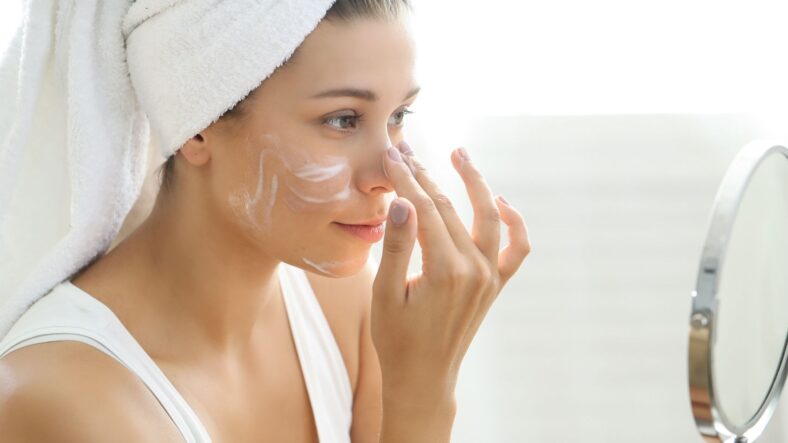
Not seeing results from the skin care products you’ve been slathering on? It’s easy to be enticed by “miracle” creams and “game-changing” treatments, but not every ingredient out there will work best for your individual skin needs. Certain ingredients, especially when used simultaneously, may cause more harm than good. Here are some signs dermatologists say signal your skincare routine needs a revamp.
11. Your routine has a lot of steps
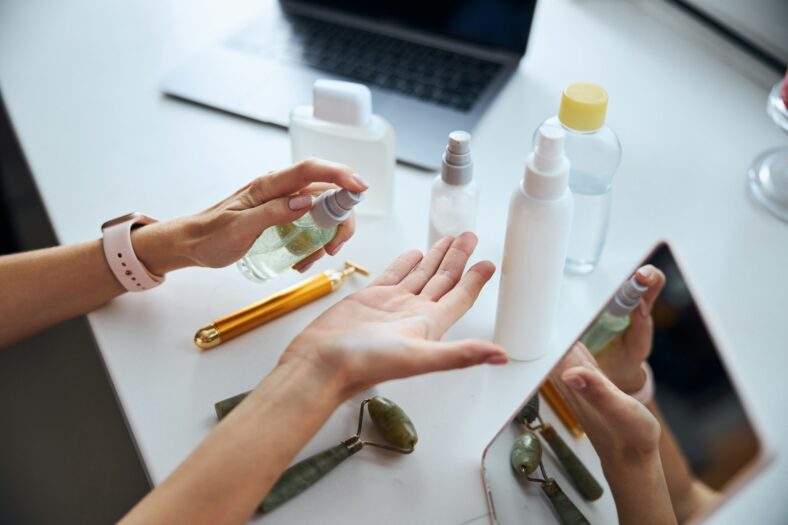
You might think that the more steps involved in your skin care regimen, the more effective your results are, but the opposite is often the case. There are a few things that can go wrong when using too many skincare products, according to Dendy Engelman, MD, director of dermatologic surgery at Metropolitan Hospital in New York City. “Some ingredients cancel out the effects of others or can be irritating to the skin, causing dryness or sensitivity,” she says.
“Also, it is possible that certain ingredients in products can prevent other products from being absorbed if you’re not layering correctly,” Dr. Engelmen adds. For example, vitamin C products shouldn’t be used simultaneously with retinol-containing products, as their pH levels are different. You also shouldn’t pair anti-acne ingredients like benzoyl peroxide or salicylic acid with retinol, as they are not compatible and can aggravate your skin issues. Start with a basic routine – cleanser, moisturizer, SPF – and build up from there based on your skin goals.
10. You are breaking out more

Breakouts happen, but if you’re not finding any relief after a few weeks of following your skin care routine with consistency, there is a good chance it’s not working hard enough for you. “Whatever products you’re using may not be removing the excess oil and sebum buildup on your skin effectively,” says Erum Ilyas, MD, a dermatologist at Montgomery Dermatology.
On the flip side, you could be using products that are too strong and stripping, causing your skin to go into oil overdrive. Always look for products containing proven acne-fighting ingredients such as salicylic acid and oil-free and non-comedogenic formulations, but never skimp on moisturizer.
9. You’re noticing new discoloration

Due to increased sun damage or hormones (i.e. during pregnancy), you may experience an increase in brown spots or hyperpigmentation. But this could also be a sign that you’re having a bad reaction to some ingredients that are meant to brighten your skin. In this case, stop whatever you’re using.
Marnie B. Nussbaum, MD, an NYC-based dermatologist, highly recommends a vitamin C serum like Obagi Professional-C Serum 20% that’s formulated to combat the development of brown spots as well as ongoing sun damage. “Furthermore, a sunscreen is essential in preventing existing spots from darkening and new spots from forming,” she adds.
CHECK OUT: 10 Best Sport Sunscreens for Working Out
8. You’re experiencing itchiness and irritation

Okay, this is kind of a no-brainer, but itchy or irritated skin may signal a negative reaction to an existing product, also known as contact dermatitis. In order to figure out which product is the culprit, Dr. Nussbaum usually recommends halting your existing routine altogether and instead using a basic gentle cleanser and moisturizer. After about a week, slowly add in each product one at a time every few days until you find the cause. Before using new products moving forward, always start with a patch test.
ALSO READ: 8 Ways to Remedy an Over-Picked Pimple
7. Your face feels tight after cleansing

Contrary to what you may think, that squeaky-clean feeling is actually harmful to your skin. “Also known as post-wash dryness, that squeaky-clean feel means that your skin has been stripped of its essential oils and your skin barrier may be compromised,” says Joshua Zeichner, MD, director of Cosmetic and Clinical Research in Dermatology at Mount Sinai Hospital in New York City.
This will have a domino effect on the rest of your routine. Instead of harsh soaps, he recommends sticking to gentle, soap-free cleansers like Neutrogena Ultra Gentle Hydrating Cleanser.
6. You’re not using your skin care products properly
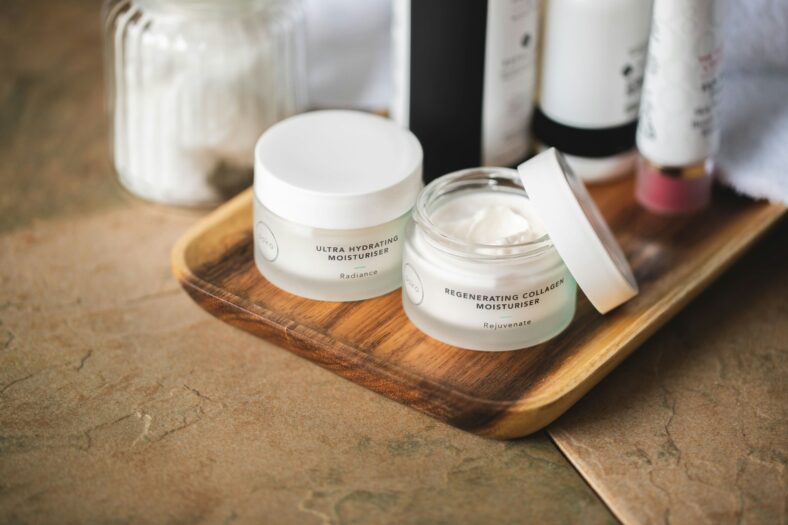
More is not always better, especially with active ingredients like retinol, says Dr. Nussbaum. “Apply just a pea-sized amount topically to your face and be smart about how you are layering your products.” A good rule of thumb: cleanse, tone, apply serum, spot treat, moisturize, then slather on sunscreen.
CHECK OUT: 6 Ways to Make Drinking Water Fun So You’ll Reap the Benefits
5. You’re experiencing excess redness or flushing

This is generally a sign of adult rosacea, a common condition that causes red bumps and visible blood vessels to flare up on your face. If you suffer from rosacea, it’s important to add an anti-inflammatory into your routine between cleansing and protection, notes Dr. Ilyas. “Niacinamide serum is a common over-the-counter ingredient to use,” she says. “It’s also important to make sure that the other steps in your routine are not further aggravating the redness through irritation.”
READ MORE: From Energy to Longevity: 10 Amazing Reasons to Start Your Day with a Healthy Breakfast
4. Your skin stings
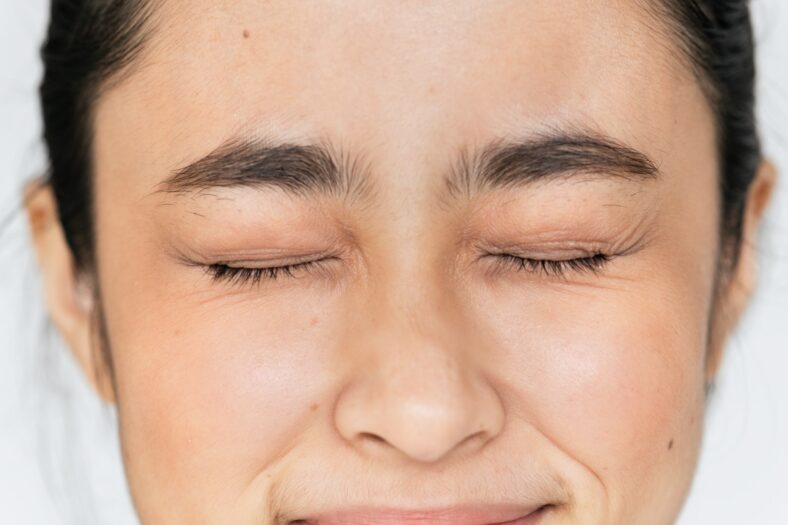
Some tingling is okay, normal even, especially when using exfoliating acids or fruit enzymes. But major burning or flushing is a sign that something is wrong. “Excessive exfoliation can breakdown the stratum corneum, the protective barrier against pathogens, expose skin, weaken skin-barrier function and trigger inflammation,” explains Dr. Engelman. “If the barrier function is damaged, skin becomes vulnerable to infection from microorganisms, such as bacteria and fungus, and leads to sensitivity and irritation.”
3. You’re starting to notice flakes

If you’ve ever had dry patches around your nose or eyebrows that are flaky an hour after you apply moisturizer, your issue is in your repair step, according to Dr. Ilyas. “This is an indication that you likely have seborrhea, a common skin problem that’s akin to dandruff, and may need to add in a product that can help treat the pH level of your skin or excess yeast that builds up on the skin over time,” she says.
CHECK OUT: Should I Take a Daily Probiotic?
2. Your skin care products are changing color
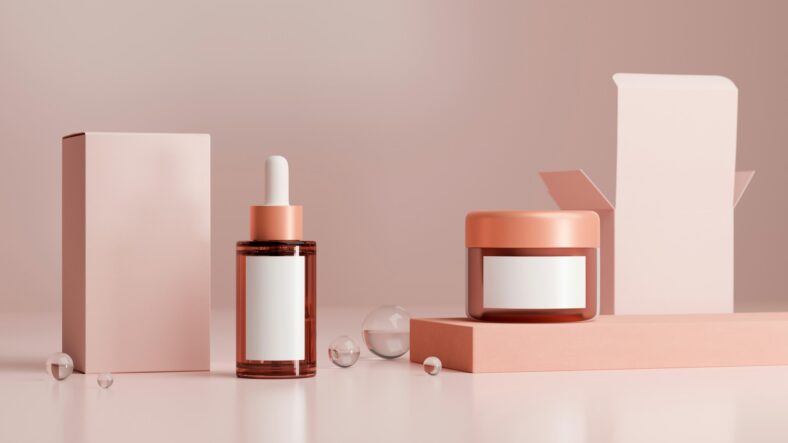
If you’ve had skin care products in your medicine cabinet for over a year, they might have expired. “Antioxidants like vitamin C are highly unstable — over time, they can oxidize, turning an amber color,” explains Dr. Zeichner. If this happens, you’re probably not experiencing all the product originally had to offer.
Other ingredients, such as acids, should not be used beyond their expiration dates, since they actually become stronger and potentially more irritating over time. Aside from color changes, some other signs to look out for include a bad odor, change in texture, and, of course, mold spots.
1. You aren’t seeing any improvement
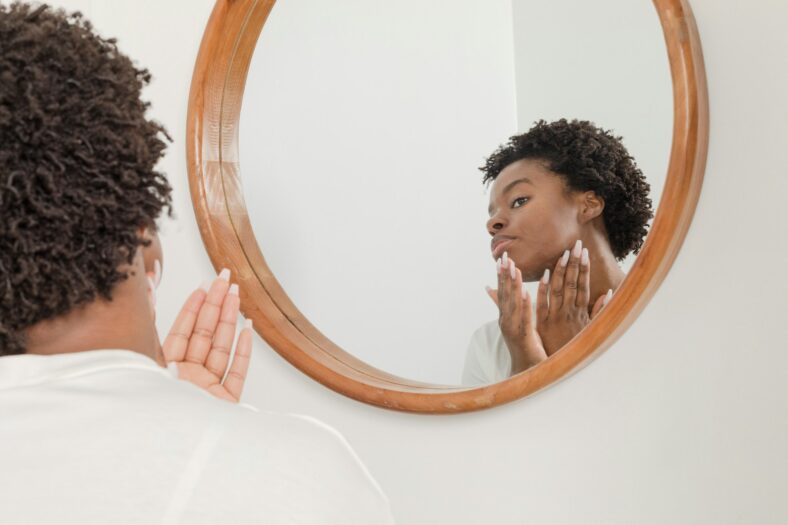
Look, the time it takes to see results from a skin care products is typically weeks – and sometimes months. “Giving up after a week or two because you don’t see results is perhaps the worst thing you can do for your skin,” says Dr. Zeichner. “Often times, it just takes longer use for you to be able to observe any changes.”
But you can start questioning a product’s efficacy after months and months of consistent use. Line-smoothing and pigment-reducing products tend to take more time (at least six weeks); acne products should start working within a few weeks; and moisturizers should improve skin in a couple of days.
